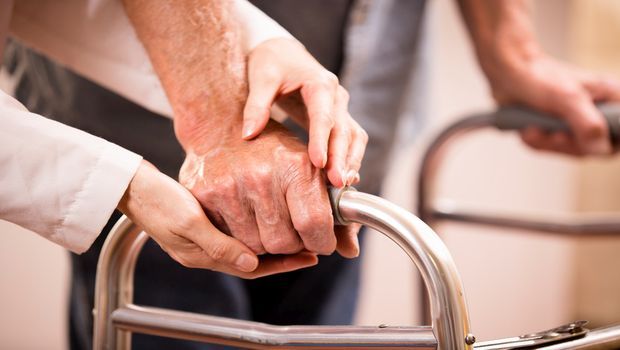Joint Commission, CDC Study to Identify Strategies for Improving Nursing Home Infection Measurement

Multiple risk factors often put more than 1.5 million U.S. nursing home residents at risk for common infections and high rates of preventable adverse events due to infection. However, little is known about the challenges nursing homes face in implementing a standardized measurement program to track infections.
To address this gap, The Joint Commission’s Department of Health Services Research is conducting a 12-month study of nursing home infection measurement supported through a research contract from the Center for Disease Control and Prevention’s (CDC) Antibiotic Resistance Solutions Initiative.
The study will utilize the CDC’s National Healthcare Safety Network (NHSN), a measurement system for infection rates at U.S. health care facilities. NHSN provides a free, systematic way to track infections, identify problematic trends, measure progress with prevention strategies and help reduce the prevalence of healthcare-associated infections.
NHSN’s Long Term Care Facility component was released in 2012, but only a small percentage of more than 16,000 nursing care facilities have enrolled.
The Joint Commission’s study “Implementing standardized measurement of infections in nursing homes: challenges and facilitators” will:
• Train a new cohort of nursing homes to enroll and initiate data reporting into the CDC National Healthcare Safety Network for infections caused by Clostridium difficile and multidrug-resistant organisms.
• Measure organizational and individual characteristics and perceptions known to affect the ability to successfully implement quality improvement initiatives.
• Prospectively identify challenges and facilitators to implementation and analyze these factors relative to organizational characteristics.
The results of the study will inform policy makers on how prepared nursing homes are to implement standardized measurement of infections. Most importantly, standardized measurement has the potential to benefit residents and families. The overall goal is to prevent healthcare-associated infections. Understanding infection rates helps target improvement efforts.
“Standardized measurement of infections is critical to improving health, enhancing patient safety, and reducing morbidity and mortality, and this study will help uncover the challenges nursing homes face when enrolling and collecting National Healthcare Safety Network data,” said Beth Ann Longo, RN, NHA, MBA, MSN, associate project director, Department of Health Services Research, Division of Healthcare Quality Evaluation, the Joint Commission. “As more nursing homes participate in the CDC’s National Healthcare Safety Network, benchmarks for healthcare-associated infections can be determined-which aids national efforts to understand the spread and prevention of infections.”
From Shortages to Security: How Reusable Health Care Textiles Can Transform Infection Prevention
March 7th 2025Reusable health care textiles enhance infection prevention, reduce waste, and strengthen supply chains. Hygienically clean textiles offer a sustainable, cost-effective alternative to disposable PPE, ensuring patient safety and environmental responsibility.
Prove Your Expertise: The Value of AL-CIP Certification in Infection Prevention
February 24th 2025The Advanced Leadership Certification in Infection Prevention (AL-CIP) validates leadership, expertise, and strategic decision-making in infection control. Learn why top professionals pursue this certification and how it enhances careers, and apply for yours today!
Infection Intel: GermZapp Is the Innovative Hand Hygiene System IPC Needs
February 14th 2025GermZAPP is an affordable hand hygiene system designed to educate, monitor, and encourage adherence in schools, nursing homes, and health care settings, effectively addressing gaps in infection control.
Fungal Infections: The Silent Epidemic Threatening Global Health
February 6th 2025Fungal infections are a rising global threat, with antifungal resistance complicating treatment. Neil J. Clancy, MD, emphasizes the urgent need for research, better diagnostics, and stronger infection prevention strategies.